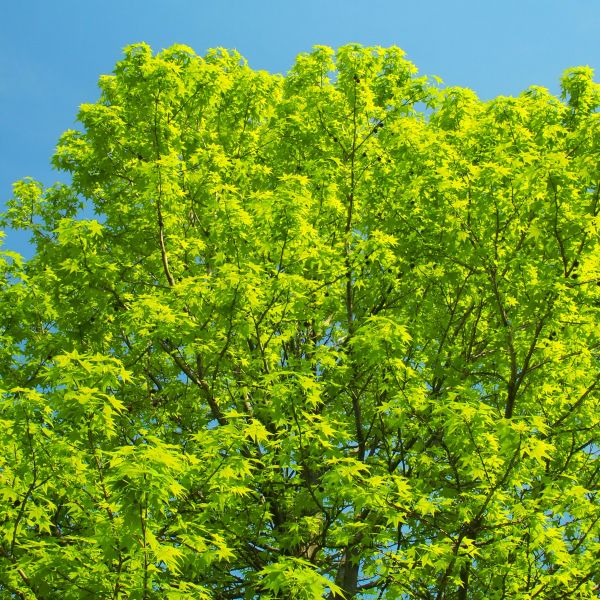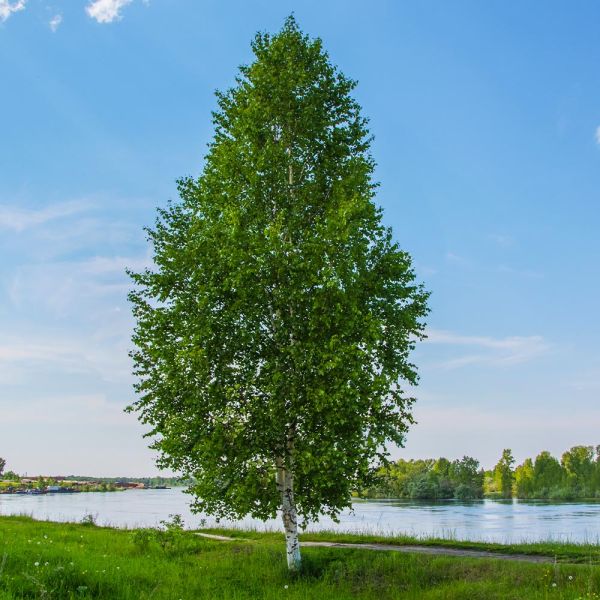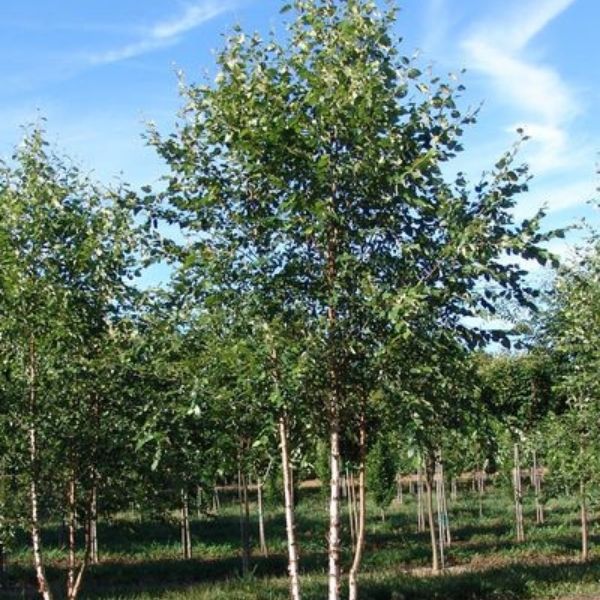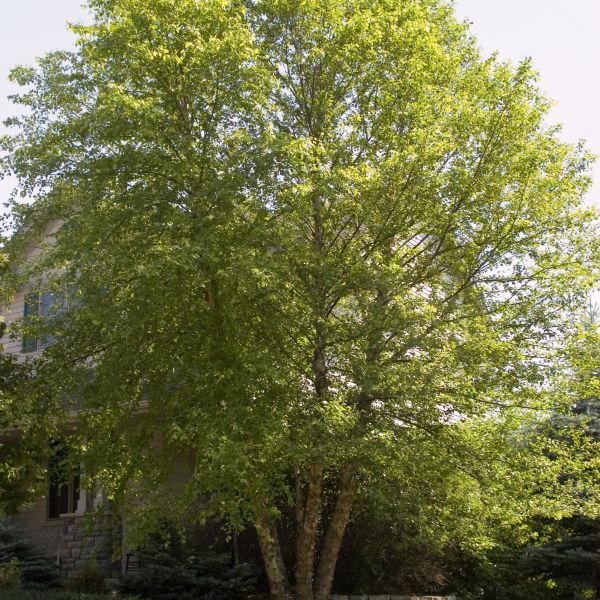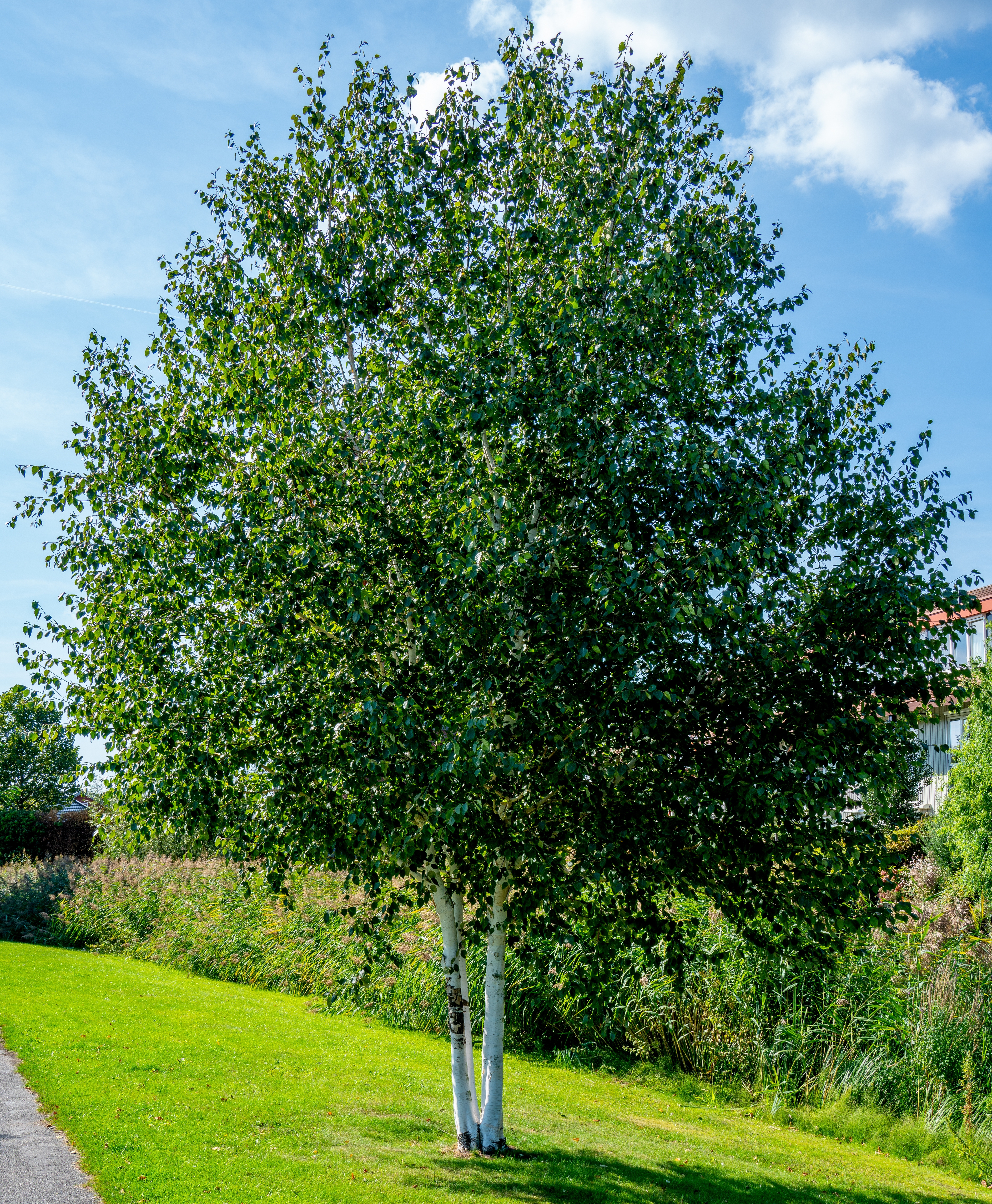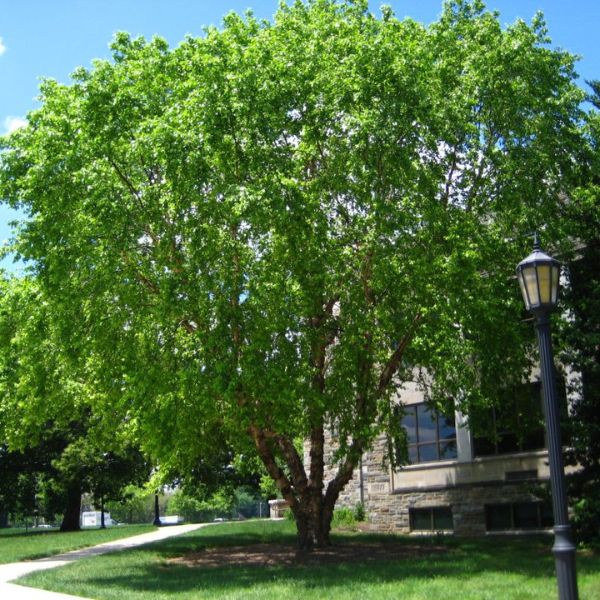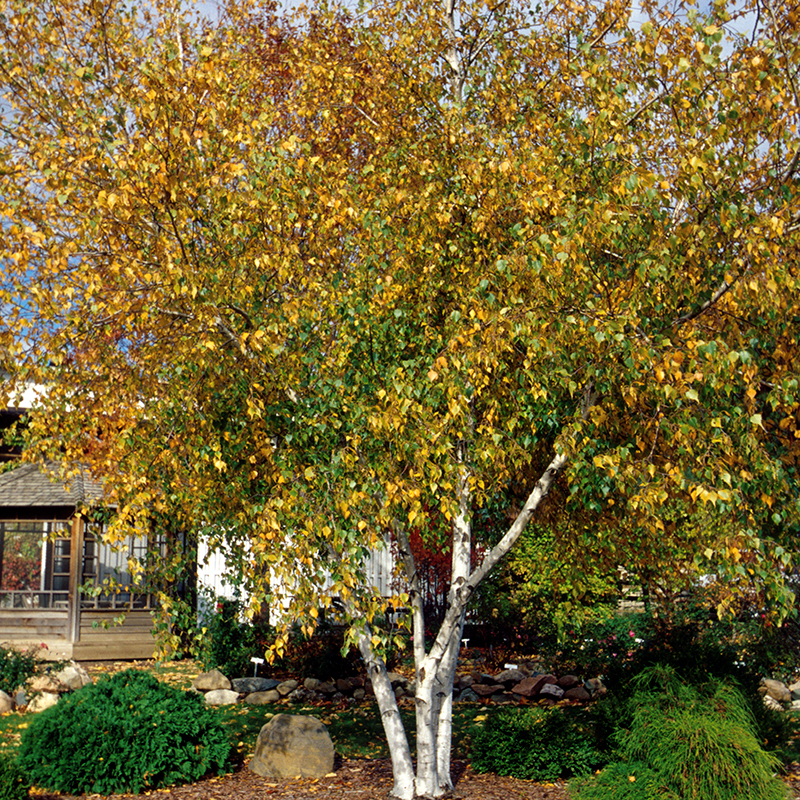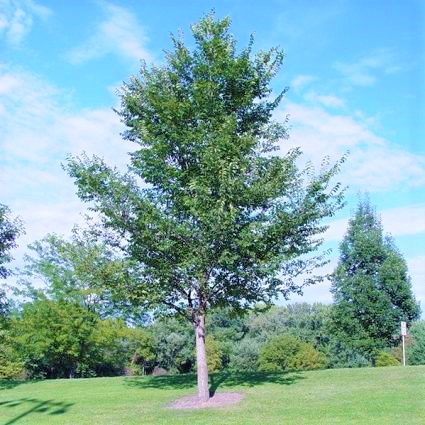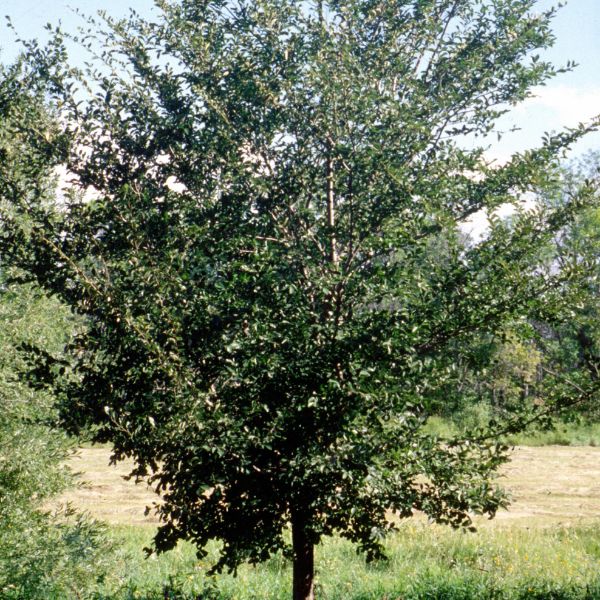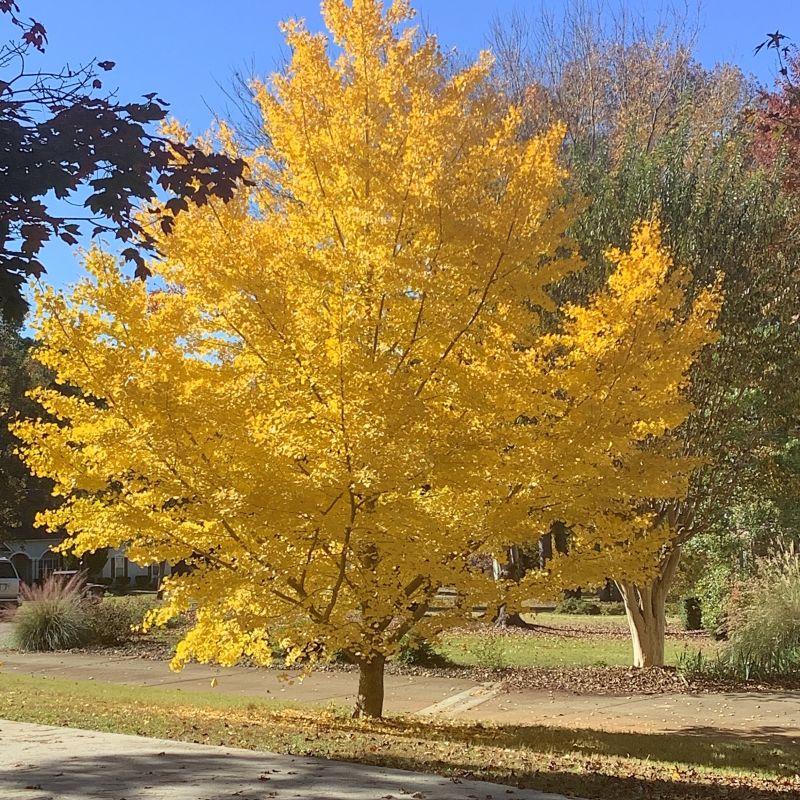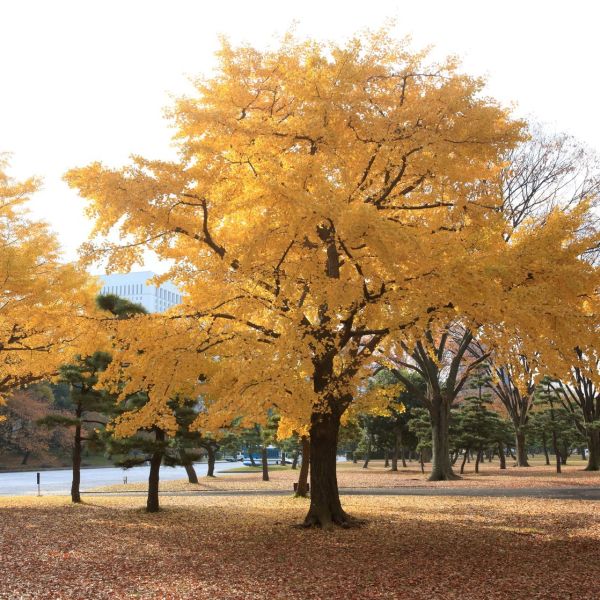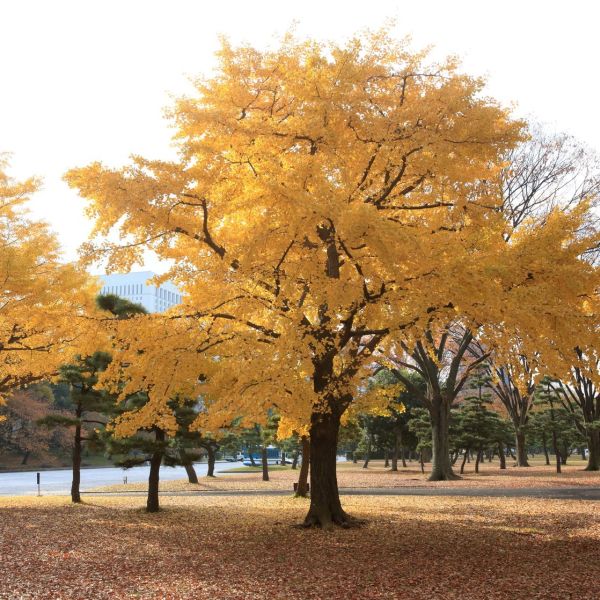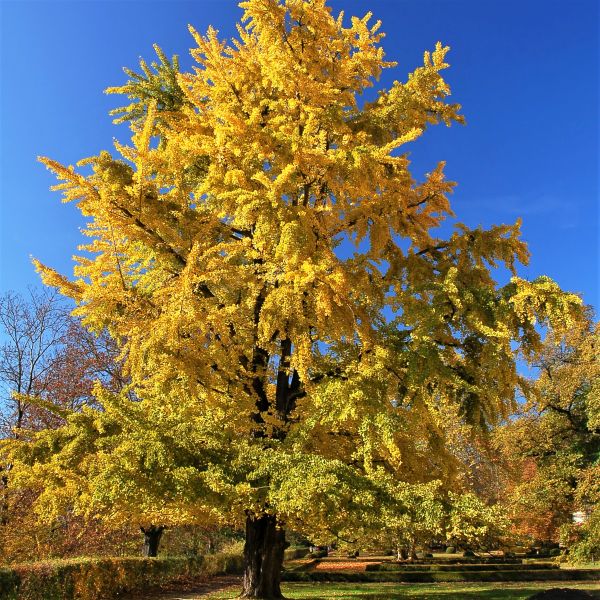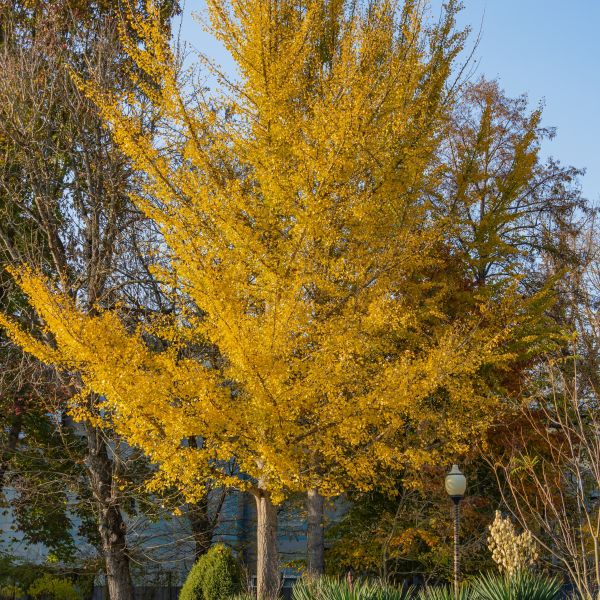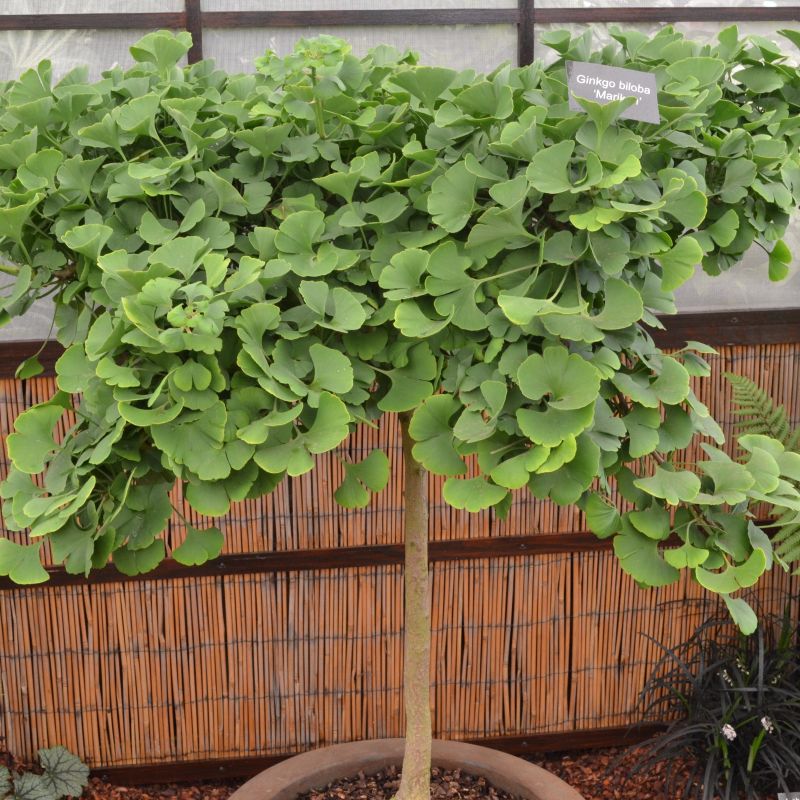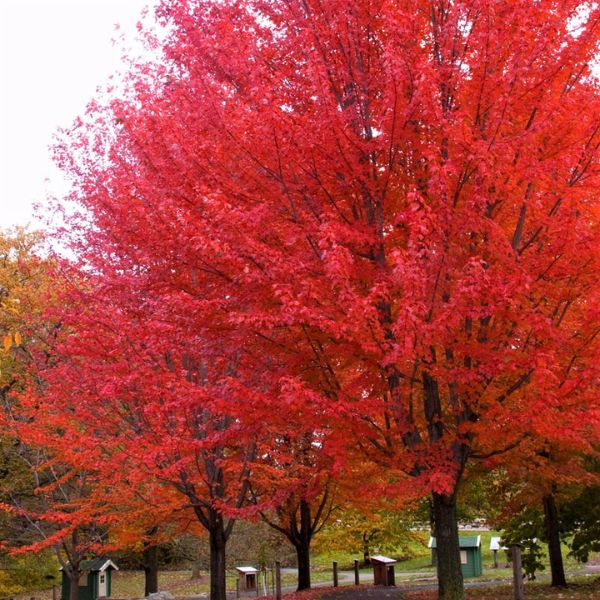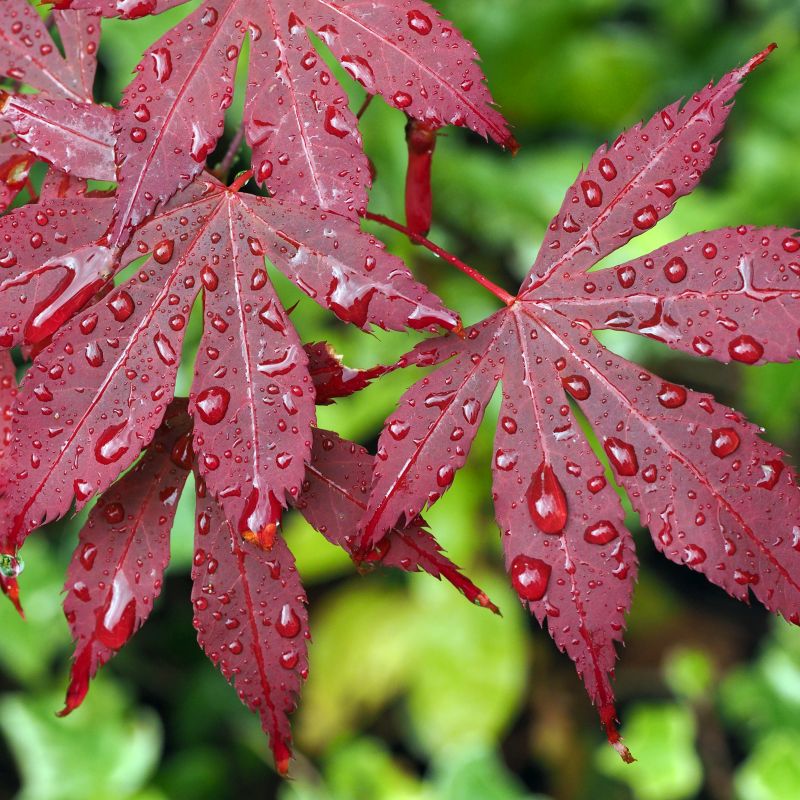

Ohio Buckeye Tree
Aesculus glabra
18 reviews
Ohio Buckeye Tree
Aesculus glabra
18 reviews
2.5 Gallon
We are sorry, product is currently out of stock due to seasonal availability. Please check the "Related plants available in your area" section below
Not just beautiful - intentionally selected by ShrubHub's 3D landscape design team to fit real-world spaces and maximize yard potential.
Why Ohio Buckeye Tree?
The Ohio Buckeye Tree is a unique and iconic species of tree found in the Midwest region of the United States. It is characterized by its distinctive five-lobed leaves and its large, shiny brown nuts, which are toxic to humans and animals if ingested. The Buckeye Tree is often used for ornamental purposes and its wood is highly valued for its durability and strength. However, due to habitat loss and other threats, the Buckeye Tree is considered vulnerable and in need of conservation efforts.
Related plants available in your area
Sunlight
The Ohio Buckeye Tree requires full sun to partial shade for optimal growth and health.
Watering
Ohio Buckeye Trees have moderate watering requirements. They prefer well-draining soil and should be watered deeply once a week during dry periods. However, they are tolerant of short periods of drought and can survive with less frequent watering.
Fertilizing
Ohio Buckeye trees do not have specific fertilizer requirements. However, like most trees, they can benefit from a balanced slow-release fertilizer applied in early spring, following the manufacturer's instructions. It is recommended to perform a soil test
Ohio buckeye tree (Aesculus glabra), the state tree of Ohio, grows up to 20 to 60 feet tall and up to 30 feet wide, with a moderate to fast growth rate.
Just when you thought that there isn’t a smallish tree that could refurbish your outdoor space and give it the glow-up it deserves, the Ohio buckeye tree came along to fulfill your deepest wishes.
Bringing pops of vibrant colors to the scene, this perennial woody breathes life into your outdoor space, showing off its colorful details. Greenish yellow petals that are further adorned with an orange-red stripe, deep orange stamen tips, bright green leaves, reddish brown twigs, dark brown nut-like seeds, light brown bark, and golden-brown fruits — this combination of contrasting, attractive colors makes this plant a great addition to your yard!
What is also truly exceptional about the Ohio buckeye tree is that it goes through an inspiring journey of self-transformation from summer to fall! While it still beautifies your space with a vivid green color in summer, its fall display is a game-changer! Once fall is around the corner, the plant gradually dresses your yard with a brilliant red color, giving it a mysterious allure.
On top of its bursts of colors, the Ohio buckeye tree boasts interesting textures and a distinctive shape. From its showy clusters of blossoms, spatula-shaped petals, and stamens that are joyfully rising from the center to its egg-shaped lateral petals, wrinkly bark, and leathery fruit with short spines, this plant is sure to bring visual interest to the scene.
Envelop your yard with a warm glow. Order yours now!
Plant Information:
| Botanical Name: | Aesculus glabra |
| USDA Zones: | 3 - 7 |
| Water: | Moderate |
| Exposure: | Full Sun |
| Soil Needs: | Well Drained |
| Mature Height: | 30 - 50 feet |
| Mature Spread: | 30 - 40 feet |






Pollination Info
Pollination Info for Ohio Buckeye Tree (Aesculus glabra)
The Ohio Buckeye tree (Aesculus glabra) is a monoecious plant which means it has separate male and female flowers on the same plant. The male flowers are typically elongated clusters called panicles, while the female flowers are found in spikes at the end of leafy twigs.
The Ohio Buckeye is pollinated by a variety of insects including bees, butterflies, and moths. The flowers have a sweet nectar and are attractive to pollinators.
Successful pollination of the Ohio Buckeye tree results in the development of a dry, round fruit capsule that is covered in small spiky projections. Inside the fruit are one to three shiny brown seeds that are toxic and should not be consumed.
Overall, the Ohio Buckeye tree is an important species for its ecosystem. It provides food and habitat for a variety of insects and animals, and supports a healthy ecosystem.
FAQ
Ohio Buckeye Tree (Aesculus glabra) FAQs
-
What is an Ohio Buckeye Tree?
Ohio Buckeye Tree is a deciduous tree that belongs to the Aesculus genus. It is also known by other names such as fetid buckeye, stinking buckeye, and aescin. It is native to the eastern United States and has distinctive palmately compound leaves and showy, panicle-like clusters of flowers that appear in the spring.
-
How tall can an Ohio Buckeye Tree grow?
Ohio Buckeye Trees typically grow to be 20-40 feet tall, with a spread of 20-35 feet. However, some specimens have been known to reach heights of up to 60 feet.
-
What is the best location to plant an Ohio Buckeye Tree?
Ohio Buckeye Trees thrive in full sun to partial shade and prefer moist, well-drained soils. They can tolerate cold temperatures and are hardy in zones 4-7. When selecting a planting location, ensure that there is enough space for the tree to grow and develop its wide canopy.
-
When should I plant an Ohio Buckeye Tree?
The best time to plant an Ohio Buckeye Tree is during the fall or spring, when the soil is moist and temperatures are cooler. This gives the tree time to establish its root system before the heat of summer or the cold of winter.
-
How do I care for an Ohio Buckeye Tree?
Ohio Buckeye Trees require regular watering, especially during dry periods. Mulching around the base of the tree can help retain moisture and control weeds. Pruning should be done in late fall or early winter, after the tree has gone dormant. Ohio Buckeye Trees are generally low-maintenance and do not require fertilization unless the soil is particularly nutrient-poor.
-
Can I eat the fruit of an Ohio Buckeye Tree?
No, the fruit of the Ohio Buckeye Tree is toxic to humans and animals. It contains high levels of aesculin, a bitter compound that can cause vomiting, diarrhea, and even death if ingested in large quantities.
-
What are some common diseases and pests that affect Ohio Buckeye Trees?
Ohio Buckeye Trees are susceptible to several diseases and pests, including leaf blotch, powdery mildew, leaf scorch, and scale insects. Regular monitoring and proper care can help prevent and manage these issues. Consult with a local arborist or extension office for specific recommendations on treating and preventing diseases and pests in your area.
-
Are Ohio Buckeye Trees protected?
Ohio Buckeye Trees are not currently listed as an endangered species, but they are protected in some states due to their ecological and cultural importance. Some states have laws prohibiting the removal or destruction of native Ohio Buckeye Trees without a permit or special permission.
Planting & Care
Planting:
Ohio Buckeye Trees should be planted in a location with well-drained soil and full sun exposure. It is important to select a location with plenty of space for the tree to grow to its full size.
- Choose a planting location that is at least 20 feet away from buildings, sidewalks, and other trees.
- Dig a hole that is twice as wide as the root ball of the tree, but only as deep as the root ball.
- Remove the tree from its container and gently loosen any tangled roots.
- Place the tree in the hole, making sure the top of the root ball is level with the surrounding soil.
- Backfill the hole with soil and water the tree thoroughly.
- Mulch around the base of the tree, but do not pile mulch against the trunk.
- Water the tree deeply once a week for the first year while it establishes its root system.
Care:
Ohio Buckeye Trees require minimal care and maintenance once established. Here are some tips for keeping your tree healthy:
- Water your tree during dry spells, aiming for about 1 inch of water per week. Avoid overwatering, as Buckeyes do not tolerate standing water in the soil.
- Fertilize the tree in early spring with a slow-release fertilizer. Avoid fertilizing in late summer or fall.
- Prune dead or damaged branches as needed, but avoid pruning extensively as Buckeyes do not heal well from large cuts.
- Monitor for pests and diseases, such as leaf spot or powdery mildew. Treat as needed with appropriate fungicides or insecticides.
- Avoid planting other trees or shrubs too close to your Ohio Buckeye, as Buckeyes do not tolerate competition well.
Check Out These Verified Customer Reviews:
Customer Reviews
4.8 out of 5 based on 18 reviews
Thank you! Your review has been submitted.
Easy ordering process, quick shipment, and a beautiful tree. Couldn't be happier.
The Ohio Buckeye tree I received was exactly what I was hoping for. Very pleased.
The Ohio Buckeye tree met my expectations. It's a stunning addition to my garden.
Item has been added to your cart.





